

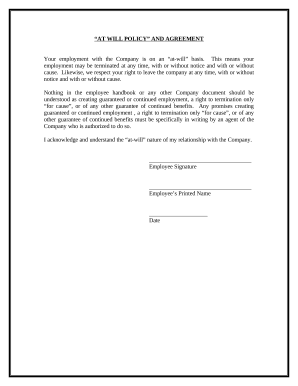


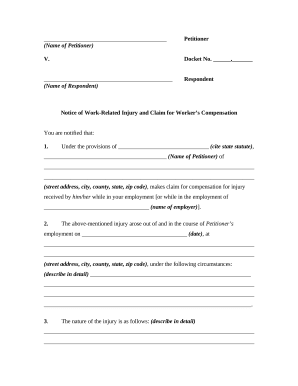
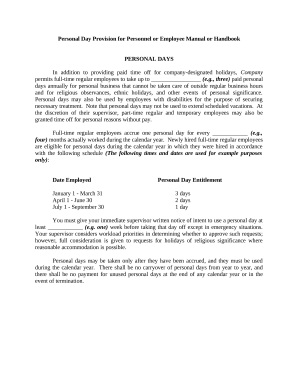

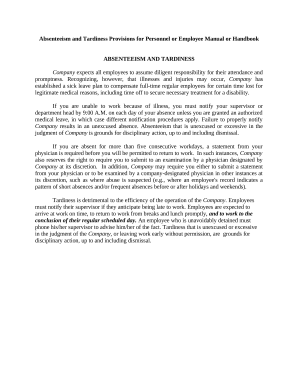
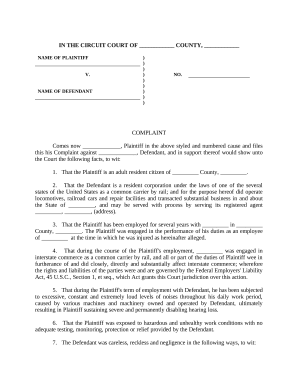
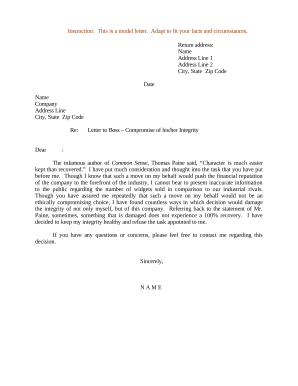
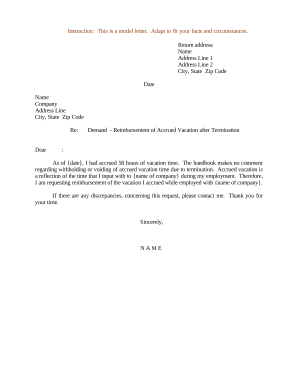


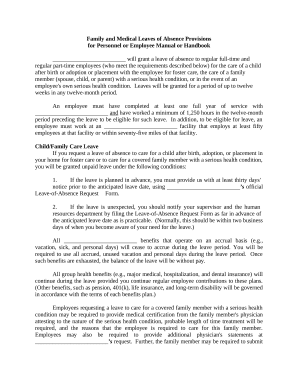


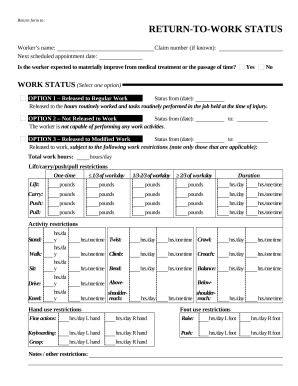




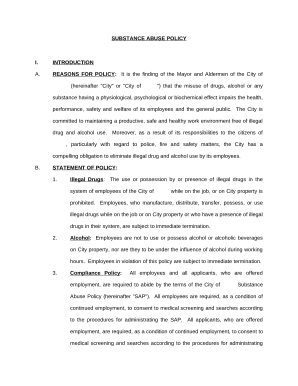

Speed up your document administration using our Employee Rights library with ready-made templates that suit your needs. Get the form, edit it, fill it, and share it with your contributors without breaking a sweat. Begin working more efficiently together with your forms.
The best way to manage our Employee Rights:
Explore all of the opportunities for your online file management using our Employee Rights. Get a totally free DocHub profile today!